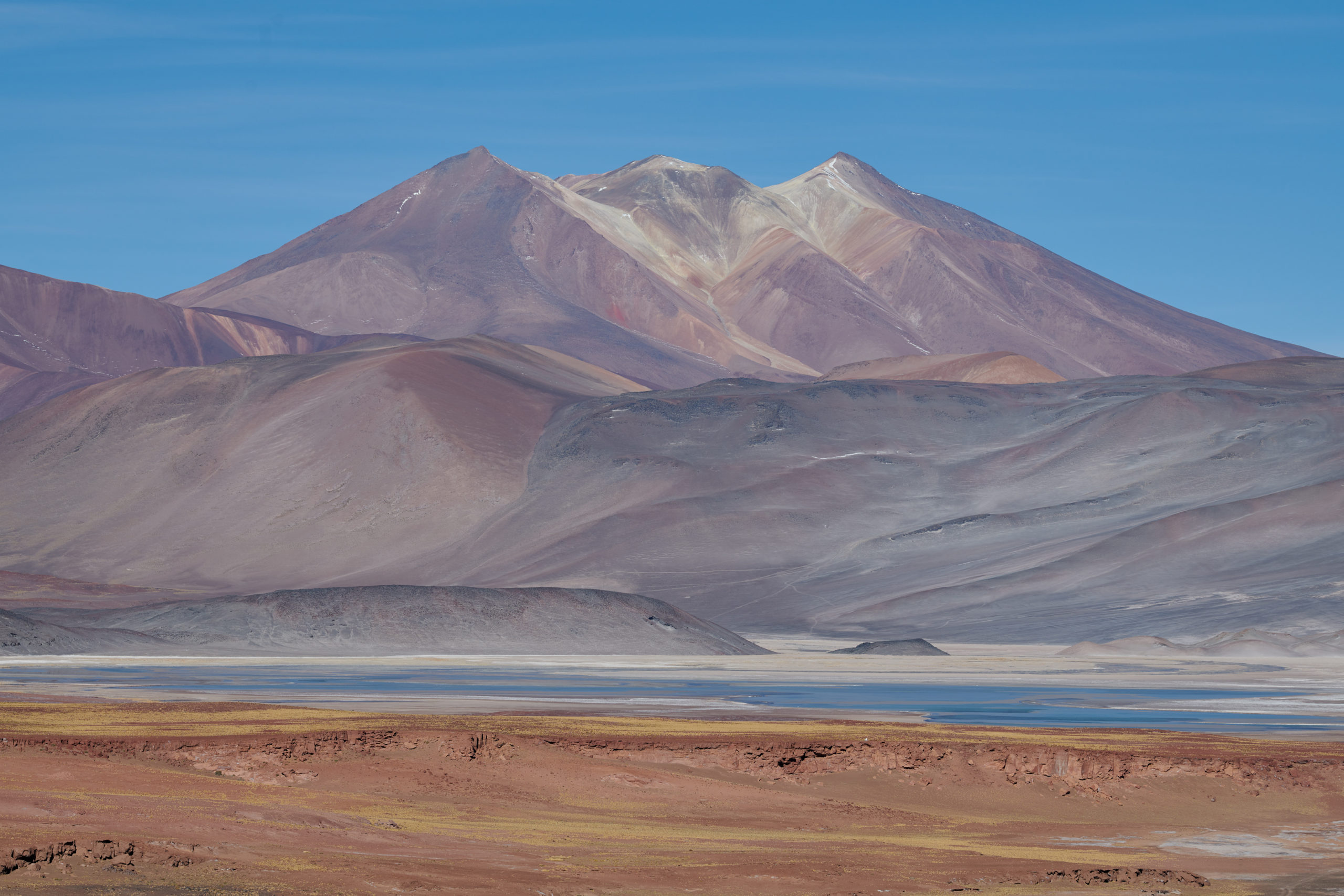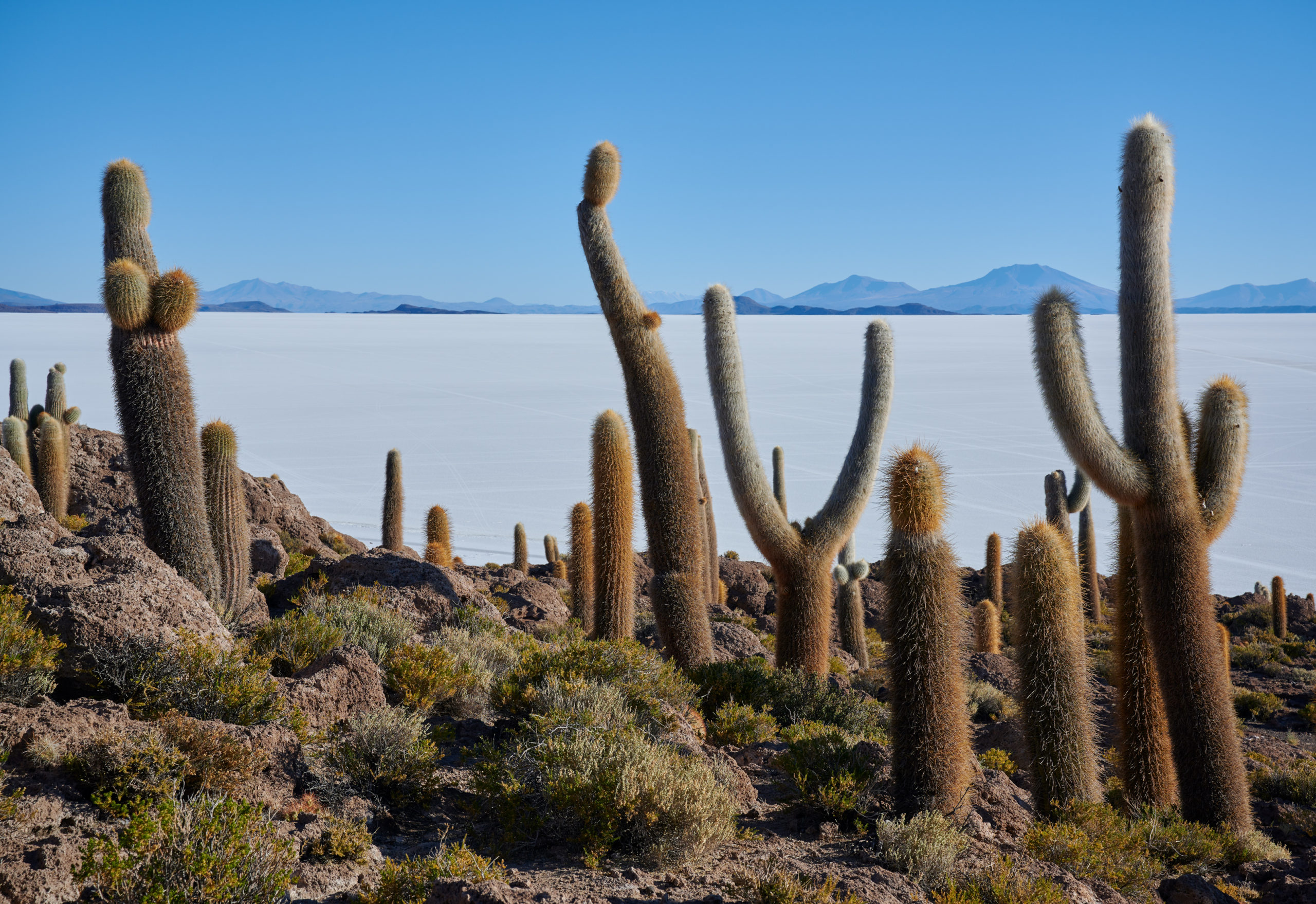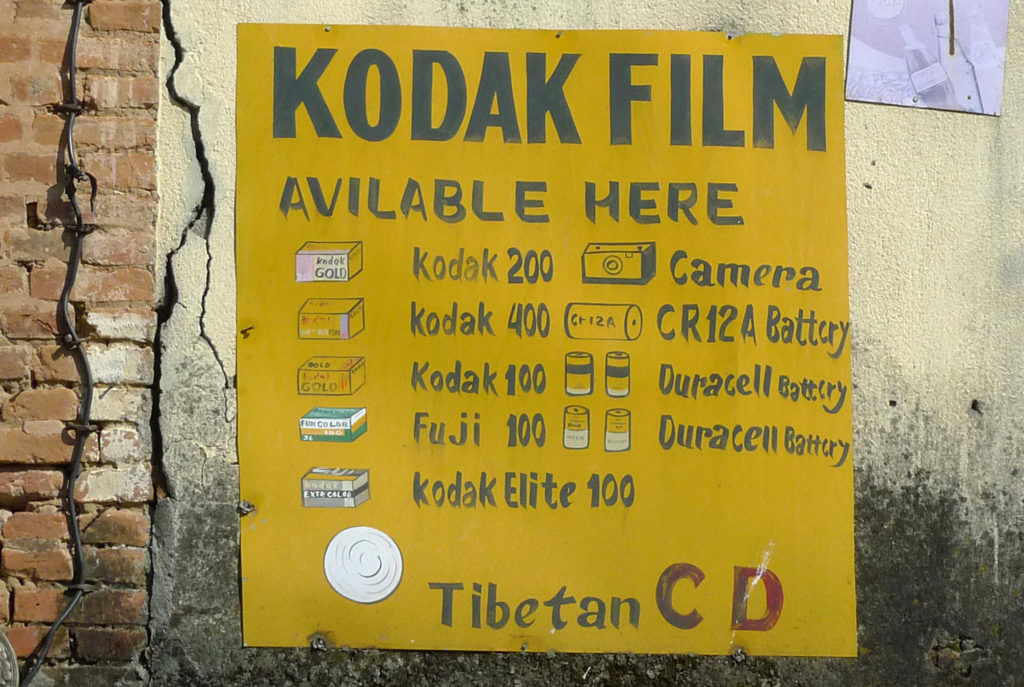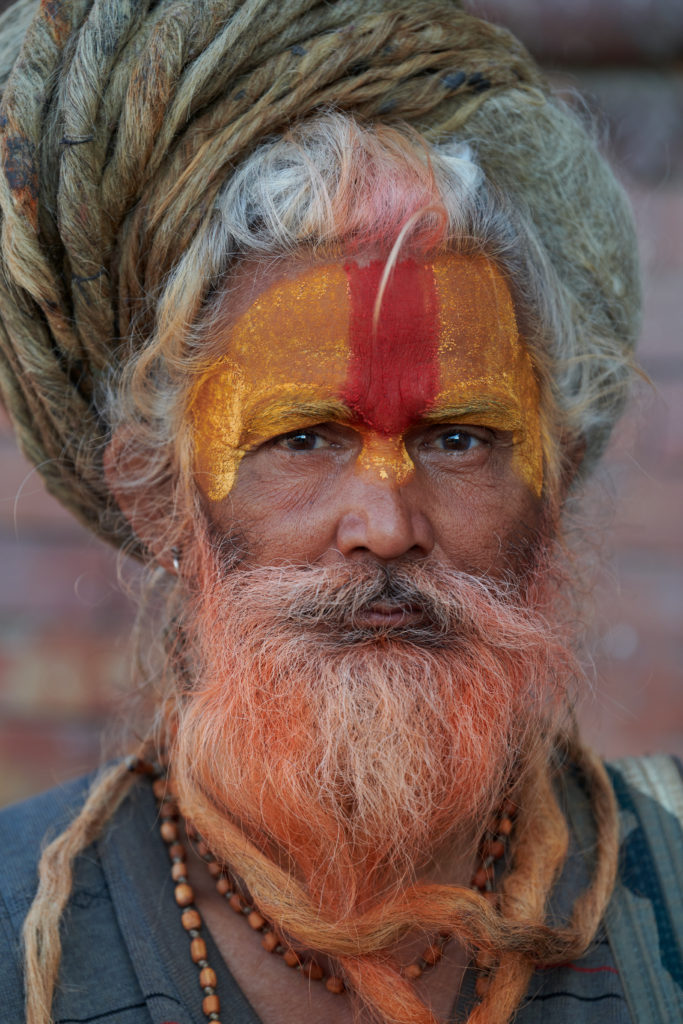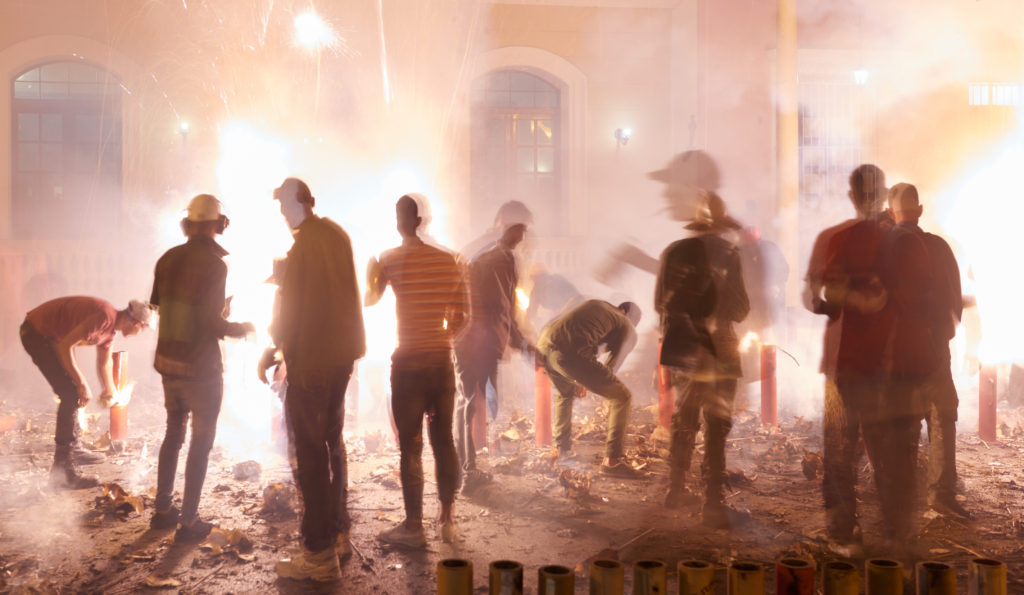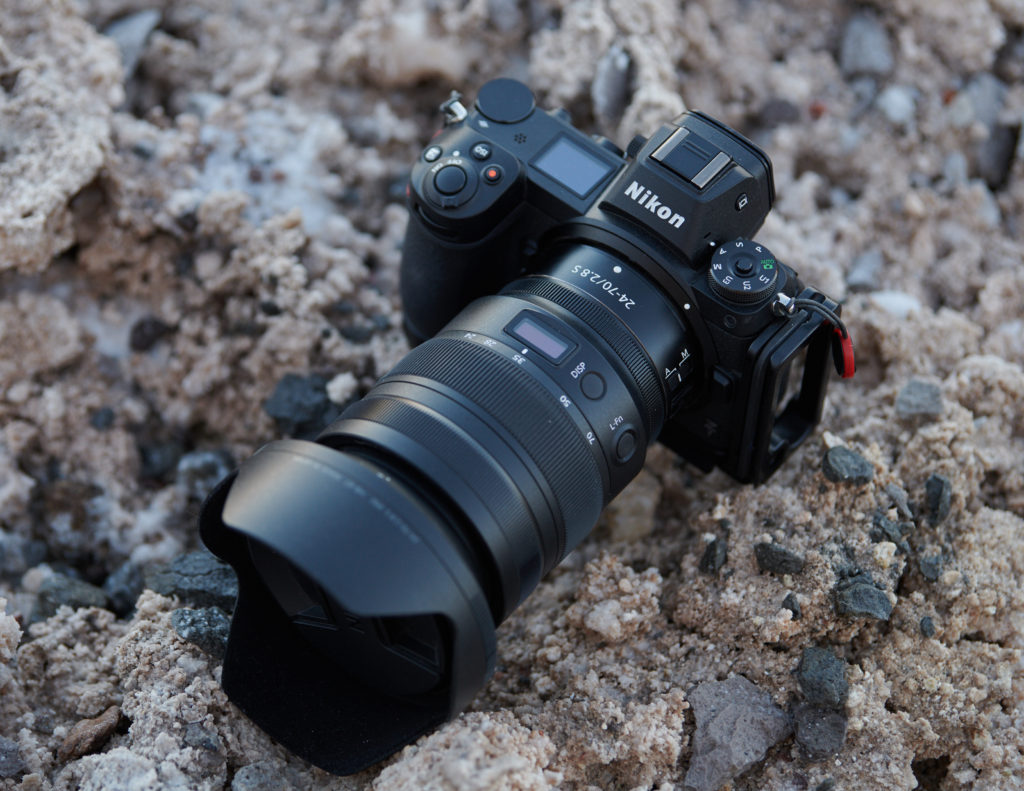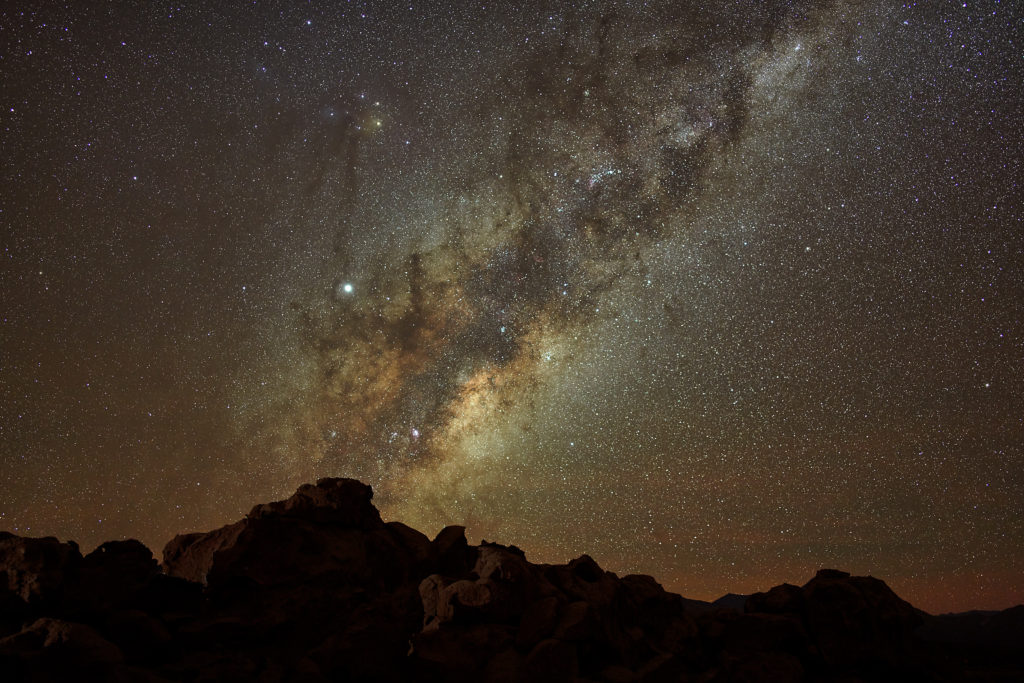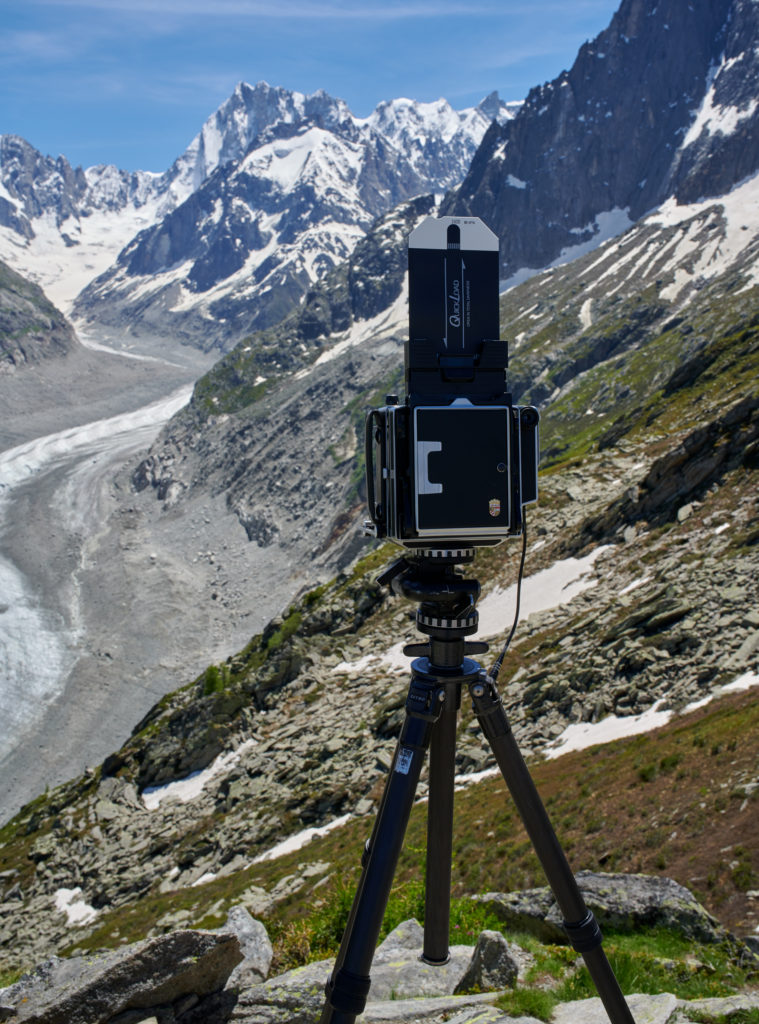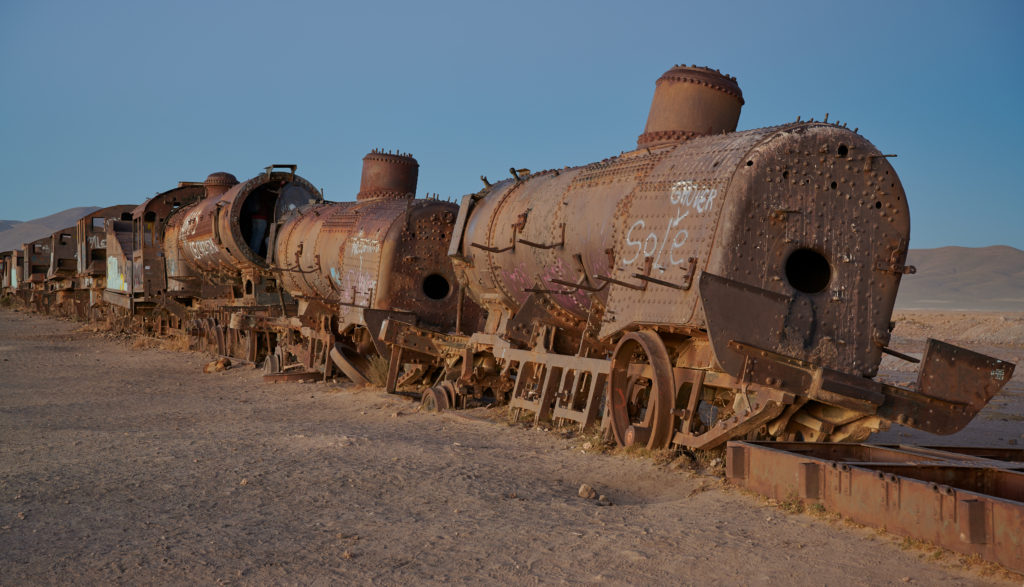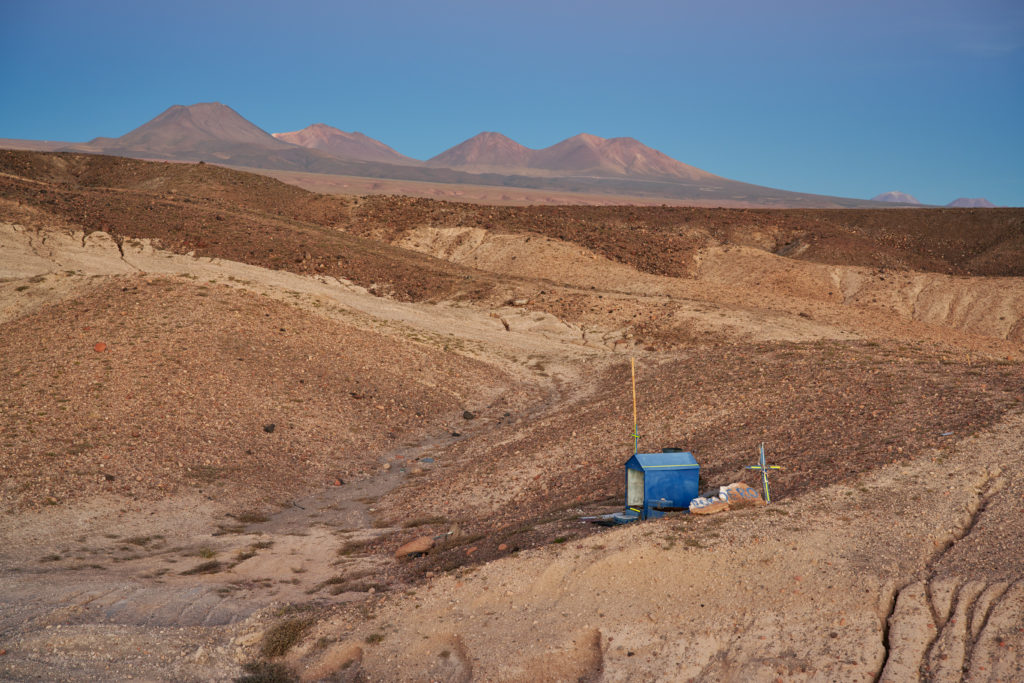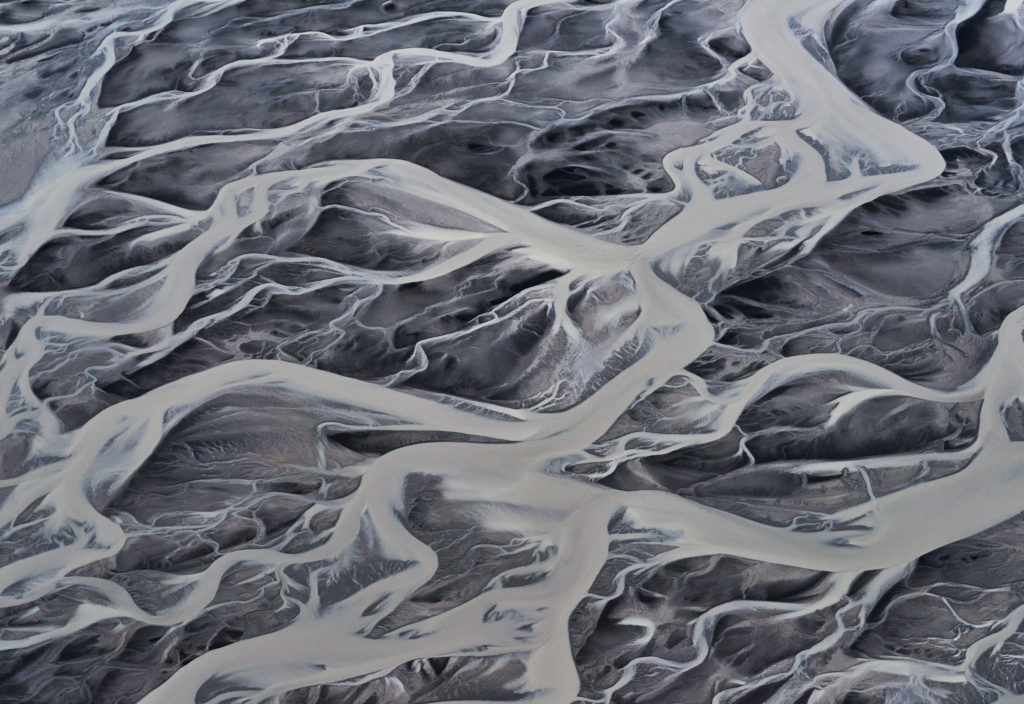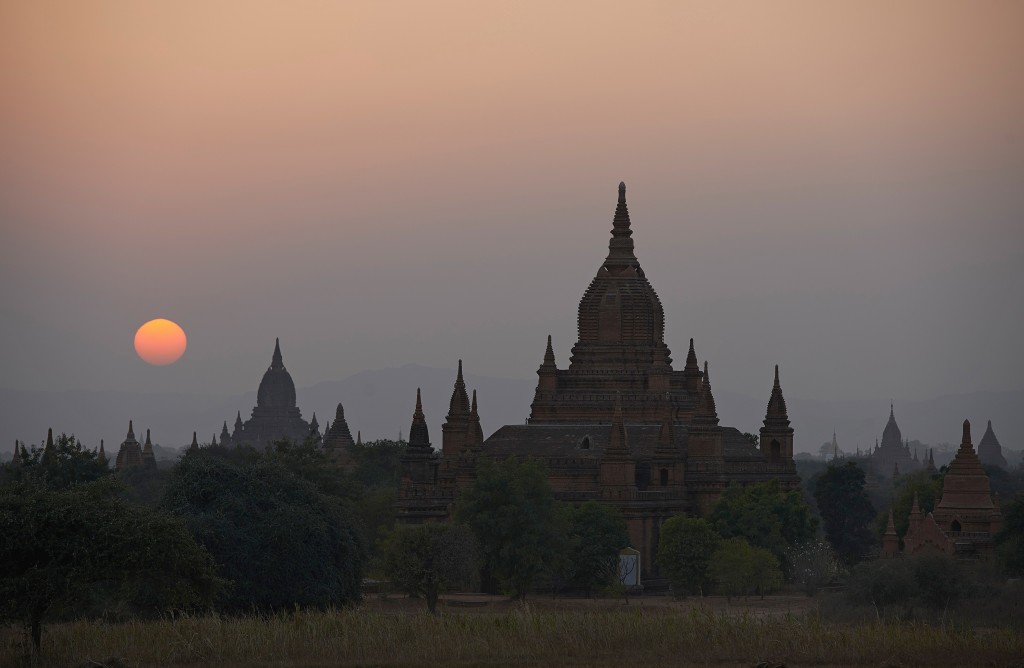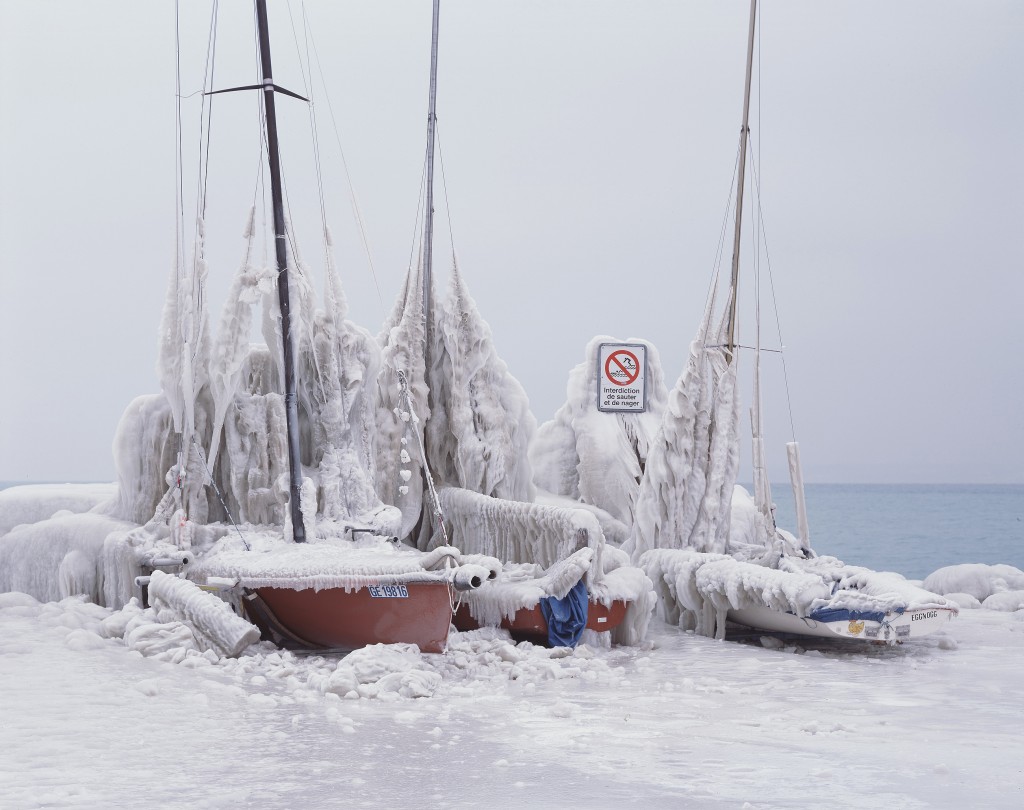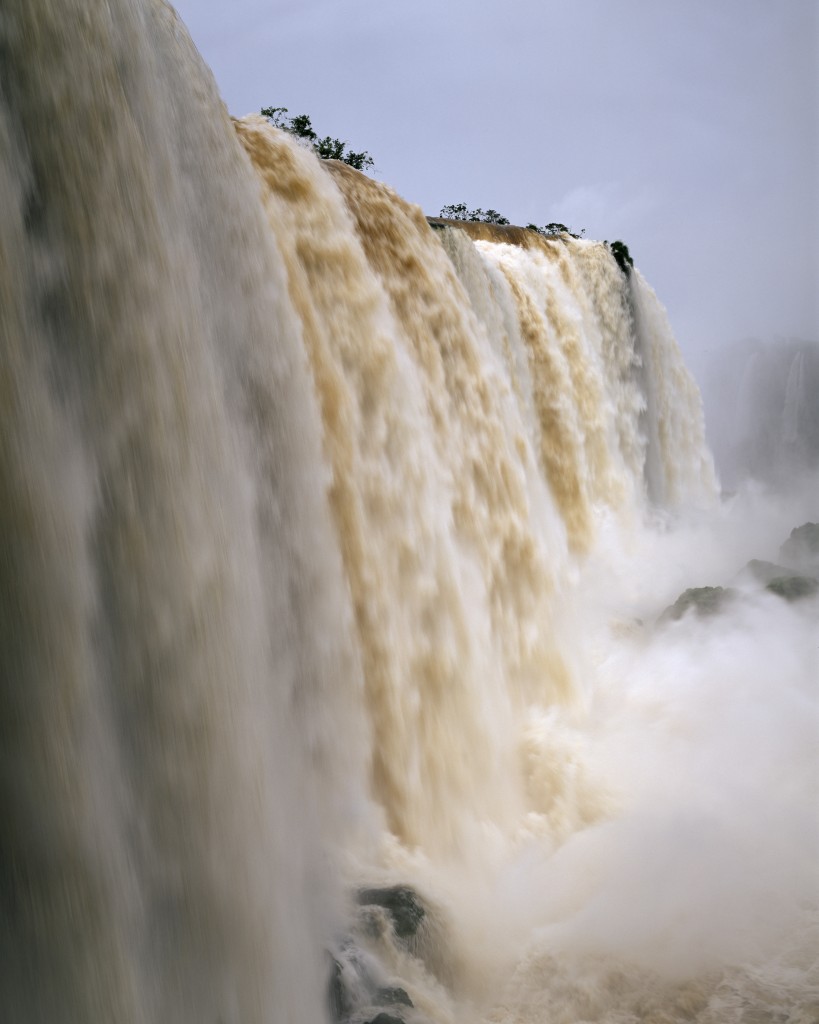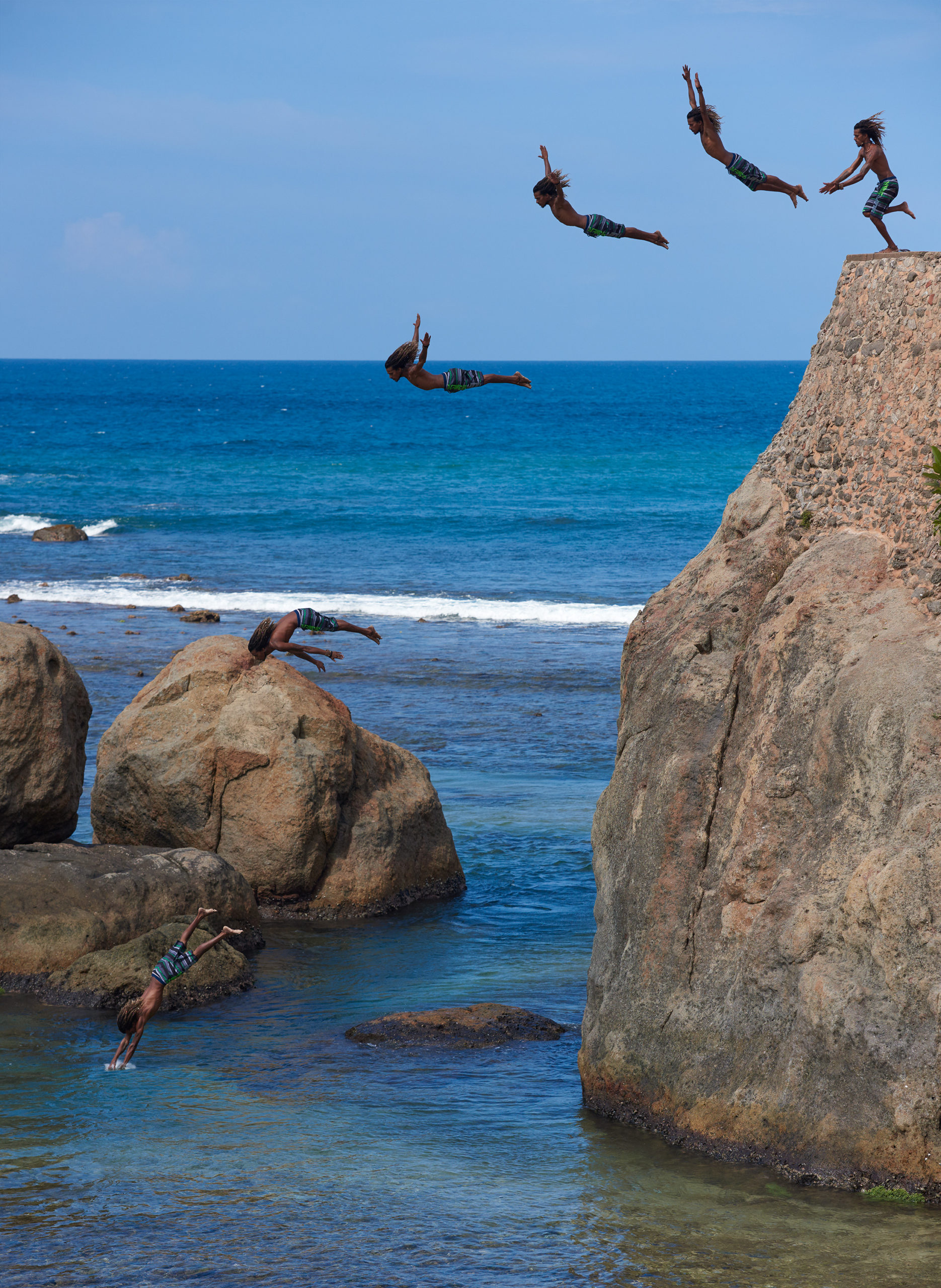
A run, a jump, and a dive into chest-deep water, more jumps from rocks lower down, and a climb back to the top of the ramparts of the Dutch Fort in Galle, Sri Lanka.
First, I thought it was a crazy idea to pay $ 20 for an attraction that would risk someone’s life for a photo. I have been doing this since I was 15, says Asanka, 26, who could almost be Bob Marley’s son. Other jobs are hard to come by, he says, while showing me his portfolio with the details of his jumps. And many people just try to sneak an image without paying.
Checking out the viewpoint and lighting, I took a number of portrait shots of Asanka and made an appointment for the next morning. No one had yet obstructed the jumper’s start-up track to the edge of the rampart. I had prepared myself to calculate the flight time and check the buffer depth of the camera.
The viewpoint was obvious, and after a quick test for focus and exposure, Asanka took off his slippers, sped up, and took off like an eagle. SR
